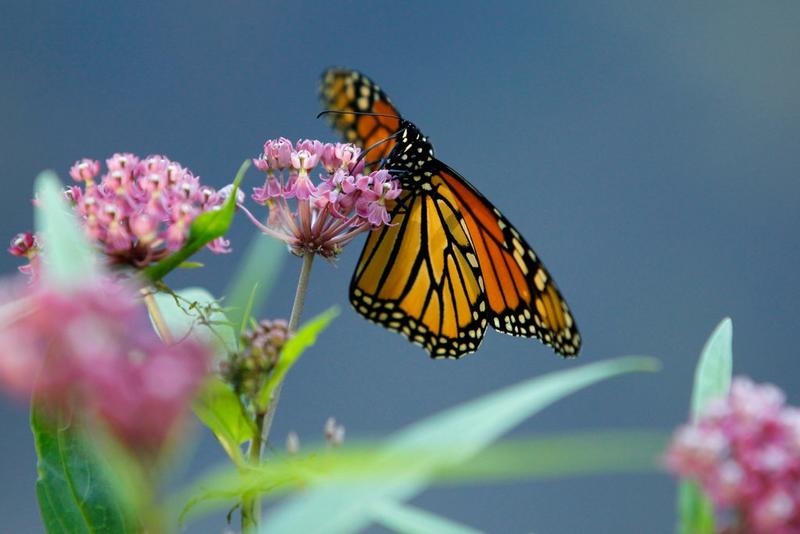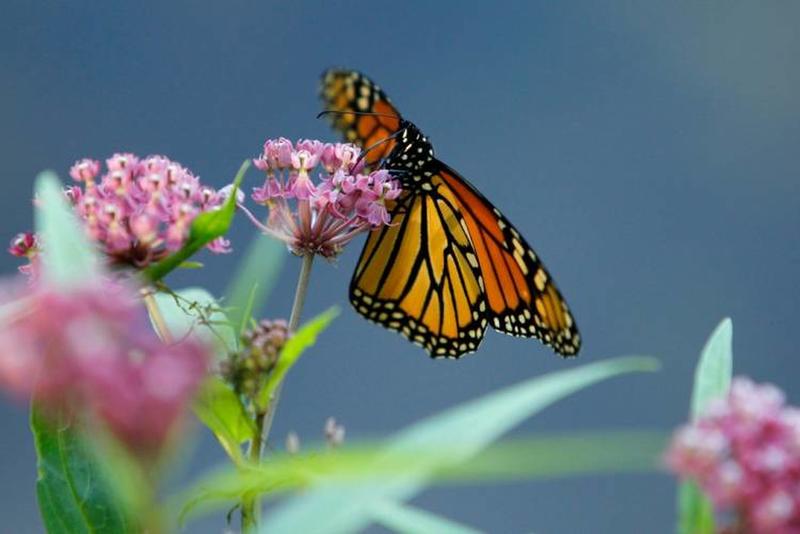Evolution is an incredible thing. We all learn about it in school, well, MOST schools, but we still don't have a full grasp of what it means or how it works. Most people seem to get at least a small part of it wrong when trying to explain it. At its most simple, it is that creatures change over time to suit their environments.
The way we see evolution manifest in animals can take hundreds or thousands of years. Look at the fact that we evolved from monkeys. That didn't happen overnight, or even over a generation. A lot of things had to go right for evolution to take place to turn us from hairy apes into what we are today.
This story is all about the amazing evolution of caterpillars and butterflies. The fact that disgusting caterpillars turn into beautiful butterflies has been the subject of much poeticism, but there is something even more incredible about butterflies. That they have evolved to eat poison that was designed to kill them.

There is a strange thing about the diet of the caterpillar for the monarch butterfly. They only eat milkweed which is a poisonous plant. In fact, it should kill the caterpillar, however, it is their best defense in life. Caterpillars eat plenty of the plant and then store the poison in their bodies so that hungry birds think twice before eating them.

Scientists have known about this odd part of caterpillar biology for a long time, however, they haven't been able to figure out exactly how their evolution has led to this ability until now. There are three genetic mutations that caused the caterpillar to evolve this resistance, and in fact, scientists introduced these mutations to fruit flies and got the same results. The fruit flies were able to eat milk weed.
Biologists were somehow able to use gene-editing technology to mimic evolutionary traits in another insect. Joseph W. Thornton is an evolutionary biologist at the University of Chicago. He says, "the gold standard is to directly test mutations in the organism," and that the study "finally elevates our standards." This could lead to even greater discoveries than this one.

It was 400 million years ago when insects began eating plants. That's what spawned evolutionary traits for botanical defenses. Milkweed creates a toxin known as cardiac glycosides. Enough cardiac glycosides can stop a hear or mess up the nervous system. This is the same poison that African hunters would put on their arrows. There is even an Agatha Christie murder mystery that uses cardiac glycosides from another plant, foxglove. Needless to say, it is a well-known poison.
Animal cells have sodium pumps which are essential for them to function. Toxins like cardiac glycosides gum up these sodium pumps. Susanne Dobler is a molecular biologist who says, "It's a very vulnerable point, and plants have targeted it." The sodium pumps are essentially what causes the heart to beat.

Despite how poisonous milkweed is, monarch caterpillars lay their eggs on the plant and eat a ton of it before entering their chrysalis form. As they turn into butterflies, the toxins go to their wings which makes them poisonous. When birds try to eat the monarch butterflies, the bird will vomit them back up. Before you got thinking about trying to replicate this on yourself, it takes several mutations to work together to make this possible. Not every animal can successfully build up the resistance.